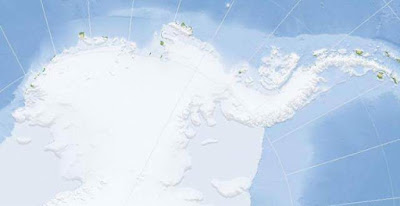My Precious The Super Deep Diamonds Formed From Sweater
All gemstones are rare; some are just harder to find than others. In fact, there is no consensus on what is the rarest mineral or the rarest gemstone because there is no consensus on the definition of "rarity," according to the Gemological Institute of America. However, many of the stones in this series come from only one or two localities in the entire world, so in that sense, they are scarce. Pink Star Diamond In the image above, model Annabeth Murphy-Thomas poses with the Pink Star diamond at Sotheby's auction house in central London.
The diamond was put up for auction in Geneva on Nov. 13, 2013, at $60 million, an already record price for a gemstone, and sold for $83 million. Diamond cutter Isaac Wolf of New York purchased the Pink Star diamond ring, and renamed it the Pink Dream. The diamond measures 1.06 inches by 0.81 inches (2.69cm by 2.06cm).
You might already know that the oceans absorb carbon dioxide from the atmosphere. But you might be surprised to discover that some of that carbon makes it to the sea floor and gets pushed into the Earth by the movement of the Earth’s tectonic plates, where it comes in contact with the mantle and forms a rare type of diamond.
In a newly published article in the scientific journal Nature, researchers from Great Britain’s Bristol University shed new light on the process by which the Earth’s recycling of carbon through plate subduction, in which the edge of one plate slides under the edge of another plate, and how that process forms so-called superdeep diamonds. The researchers, who experimented with small samples of synthetic ocean floor rock at high pressures and temperatures, found that those slabs released most of their carbon at conditions equivalent to depths of 186 to 435 miles below the Earth’s surface.
In addition, the researchers tested the reaction of the melted slabs with the mantle. They were able to reproduce the mineral makeup observed in superdeep diamonds, which generally form at depths of below 155 miles. The research not only provides an explanation for how superdeep diamonds are formed, but shows that they essentially are a snapshot of the deepest portions of the Earth’s carbon cycle.
That makes them a useful tool for understanding what goes on inside our planet. “One of the most amazing ideas that comes from this work is that superdeep diamonds are like marathon runners that have just crossed the finish line,†Bristol scientist Andrew R. Thomson explained in a press release. "The difference in this case is the diamonds have just completed one of the most mind baffling journeys possible, from the ocean floor to around 700 km (435 miles) depth and back to the surface," he said.
"Fortunately for scientists, their mineral inclusions are like stopwatches recording the entire journey, and with further work we will hopefully reveal many more remarkable secrets about their epic journey.†As Thomson’s colleague Simon Kohn added: “Superdeep diamonds hold great potential for future research on the Earth’s volatile cycles, and we now know much more about the fundamental process that forms them.
We will be able to use the wealth of information that is trapped inside the diamonds to build a detailed picture of processes occurring hundreds of kilometers beneath our feet.†After diamonds form from the carbon in those slabs of seafloor, the rock slowly is pushed back toward the upper mantle. There, the heat of a plume of magma propels it to the surface in a jet of molten kimberlite, a volcanic rock that preserves the diamonds.




Comments
Post a Comment